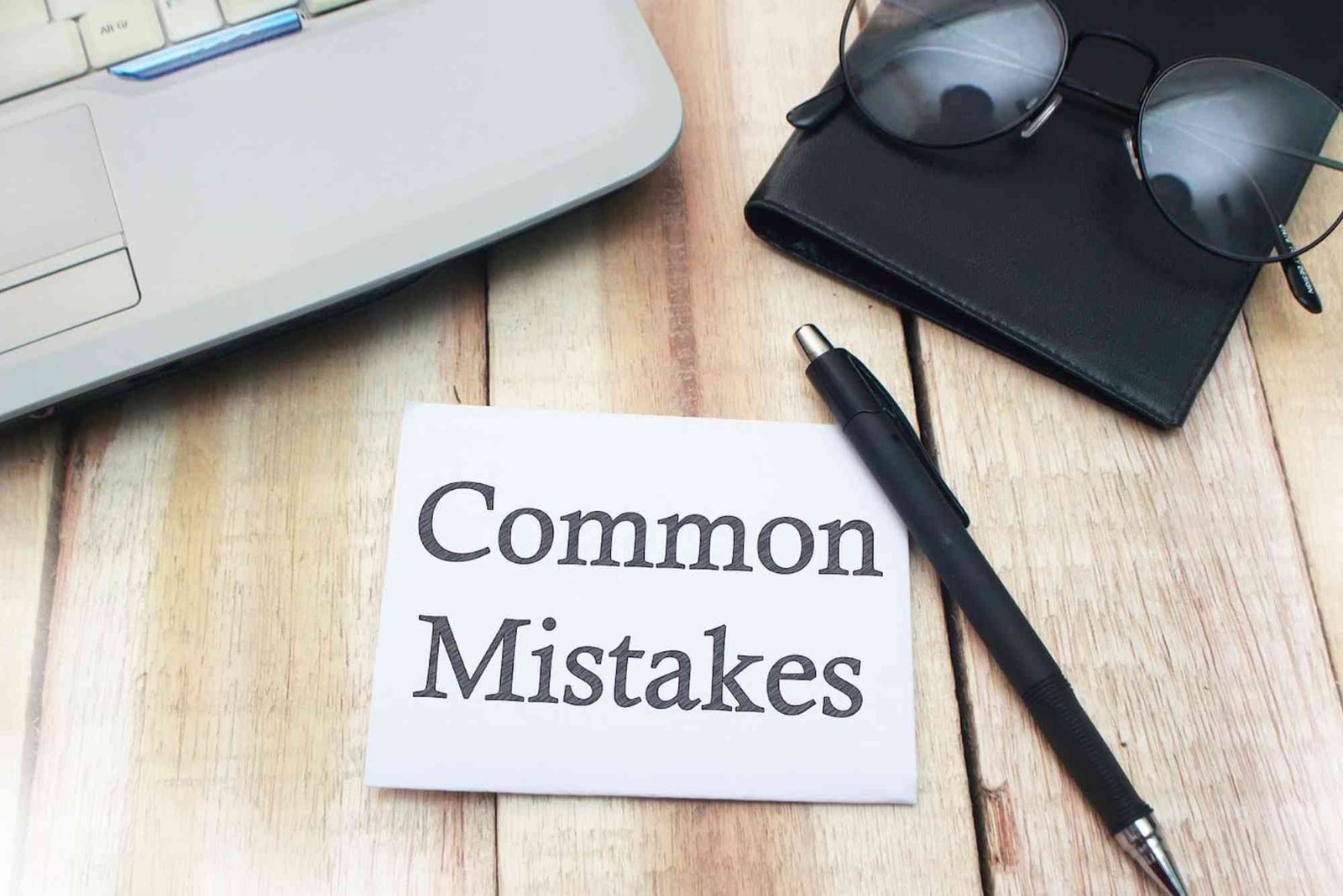Introduction
Marketing and advertising have evolved dramatically over the years, shaping how brands connect with audiences in today’s digital-first world. Whether you’re a business owner, marketer, or content creator, understanding how marketing and advertising work together is key to achieving success. In this Complete Guide to Marketing Advertising — What You Need to Know, we’ll explore everything from the basics to advanced strategies that help brands stand out in competitive markets.
Understanding Marketing and Advertising
Marketing and advertising are often used interchangeably, but they are not the same. Marketing is a broad concept that involves market research, brand positioning, product development, and customer engagement. Advertising, on the other hand, is a component of marketing — it focuses on promoting a product or service through paid channels to attract and persuade audiences.
When marketing and advertising align effectively, they create a strong foundation for brand growth. Marketing sets the strategy, and advertising executes it through creative campaigns that communicate your message to the right people at the right time.
The Evolution of Marketing and Advertising
In the past, marketing and advertising were largely dominated by traditional media such as TV, radio, and print. While these channels remain relevant, the digital revolution has reshaped how businesses reach their audiences. Today’s marketers have access to social media, email marketing, influencer partnerships, and AI-driven tools that make campaigns smarter and more efficient.
Digital marketing has introduced personalization and data analytics, allowing advertisers to target specific audiences with precision. Brands now focus on creating meaningful experiences that foster trust and long-term relationships instead of merely pushing products.
The Core Elements of Marketing Advertising
Market Research and Audience Understanding
Every successful marketing campaign begins with understanding your audience. Businesses must identify their target customers’ demographics, interests, and behaviors. This data forms the foundation for crafting relevant messages and selecting the most effective advertising platforms.
Branding and Positioning
A strong brand identity is essential for standing out in crowded markets. Branding goes beyond logos and colors — it’s about the emotions and experiences your brand delivers. Effective advertising communicates your brand’s values and establishes a unique position in the consumer’s mind.
The Marketing Mix (4Ps)
The classic marketing mix — Product, Price, Place, and Promotion — remains a crucial framework. Advertising fits within the Promotion aspect, helping raise awareness and drive sales. However, all four Ps must work together to deliver consistent results.
Content Creation and Storytelling
Compelling storytelling turns simple advertisements into memorable experiences. Modern marketing relies heavily on content — blog posts, videos, podcasts, and social media — to tell a brand’s story. The best advertising campaigns evoke emotion and inspire action through authenticity and creativity.
Digital Advertising Channels
Digital platforms like Google Ads, Facebook, Instagram, LinkedIn, and YouTube have revolutionized how brands advertise. Each channel offers unique targeting capabilities and formats — from pay-per-click ads to sponsored posts and video campaigns. Understanding these platforms allows marketers to optimize their reach and ROI.
Modern Strategies in Marketing Advertising
Social Media Marketing
Social media advertising is a cornerstone of modern marketing. Platforms like Instagram, TikTok, and X (formerly Twitter) enable brands to engage with customers directly. Visual storytelling and influencer collaborations make ads feel organic and authentic.
Search Engine Marketing (SEM)
Search engine marketing combines paid search (PPC) and organic SEO strategies. When customers search for products, well-optimized ads and content ensure your brand appears at the top. This visibility translates to credibility and higher conversion rates.
Content Marketing and Native Advertising
Content marketing provides value through education and entertainment rather than direct promotion. Native advertising complements this by blending sponsored content within editorial environments naturally. Readers are more receptive to ads that inform rather than interrupt.
Email and Automation Campaigns
Despite being one of the oldest digital strategies, email marketing remains highly effective. Automated campaigns deliver personalized messages based on user behavior, ensuring timely engagement without manual effort.
Influencer and Affiliate Marketing
Partnering with influencers and affiliates expands your reach through trusted voices. Their audiences value authentic recommendations, making this strategy especially powerful for lifestyle, fashion, and tech brands.
The Role of Data and Analytics
Modern advertising thrives on data. Tracking tools and analytics platforms allow marketers to monitor ad performance in real-time. Key metrics such as click-through rates (CTR), conversion rates, and customer lifetime value (CLV) help refine strategies. Data-driven decisions ensure budgets are allocated efficiently, maximizing returns.
Artificial intelligence (AI) has taken data analysis even further. Predictive analytics, machine learning algorithms, and customer segmentation models enable personalized campaigns that adapt dynamically to consumer behavior.
Challenges in Marketing Advertising
While opportunities are abundant, the digital age also presents challenges. Audiences are bombarded with ads daily, making it harder for brands to stand out. Privacy regulations, ad blockers, and algorithm changes can also affect campaign performance.
To overcome these challenges, marketers must focus on authenticity, transparency, and user experience. Ads that add value — rather than disrupt — are more likely to resonate with audiences. Continuous learning and adaptation are crucial for staying competitive.
Best Practices for Effective Marketing Advertising
Successful marketing advertising campaigns share common principles. First, maintain consistency across all touchpoints. Whether online or offline, your brand message should remain cohesive. Second, test and refine regularly. A/B testing helps identify which creatives or messages perform best. Third, prioritize storytelling. Emotionally-driven campaigns build deeper connections with audiences.
Additionally, invest in long-term strategies such as SEO and content creation, which build brand authority over time. Paid advertising offers quick visibility, but organic growth ensures sustainability.
Integrating Traditional and Digital Advertising
Traditional advertising methods — print, TV, and radio — still hold value, especially for local markets and brand credibility. When combined with digital efforts, they create an omnichannel presence that reinforces brand recall. For example, a television ad can drive traffic to a website where digital retargeting continues the engagement journey.
The future lies in hybrid campaigns that merge creativity with technology. Marketers who can integrate both worlds effectively will have a competitive edge.
The Future of Marketing Advertising
The next wave of marketing and advertising will be shaped by innovation and personalization. AI, augmented reality (AR), virtual influencers, and voice search are transforming how brands communicate. Consumers expect seamless, personalized experiences — and businesses that deliver these will thrive.
Sustainability and ethics are also becoming key considerations. Modern consumers prefer brands that align with their values. Transparency, diversity, and social responsibility are no longer optional — they are essential.
As new tools emerge, marketers must focus on learning, adapting, and staying informed. To learn about marketing advertising, visit Aerial Loop’s marketing advertising section for in-depth insights and strategies.
FAQs
What is the difference between marketing and advertising?
Marketing encompasses all strategies used to promote a business, while advertising focuses specifically on paid promotional messages.
What are the main types of advertising?
Common types include digital ads, print media, TV commercials, outdoor billboards, social media campaigns, and influencer collaborations.
How can small businesses benefit from marketing advertising?
Small businesses can use digital platforms to target specific audiences affordably. Social media and content marketing help them compete with larger brands.
What is the future of digital advertising?
The future involves automation, personalization, and immersive experiences using technologies like AI, AR, and data-driven insights.
How do I choose the right marketing strategy?
Define your goals, understand your audience, and analyze competitors. Test multiple channels and adjust based on data performance.
Marketing and advertising are at the heart of every successful business. This Complete Guide to Marketing Advertising — What You Need to Know highlights how strategy, creativity, and data come together to shape impactful campaigns. Whether you’re managing a startup or a global brand, continuous learning and adaptation are key.
If you want to stay ahead of trends and master the art of marketing, browse more marketing & advertising articles for expert insights. And if you’re looking to collaborate or enhance your marketing reach, connect with our editorial partner for professional support and content partnerships.
Marketing advertising isn’t just about selling — it’s about connecting, communicating, and creating lasting impressions. Embrace the evolving landscape, harness data-driven tools, and craft stories that inspire action. Your audience is waiting — reach them with purpose and precision.









